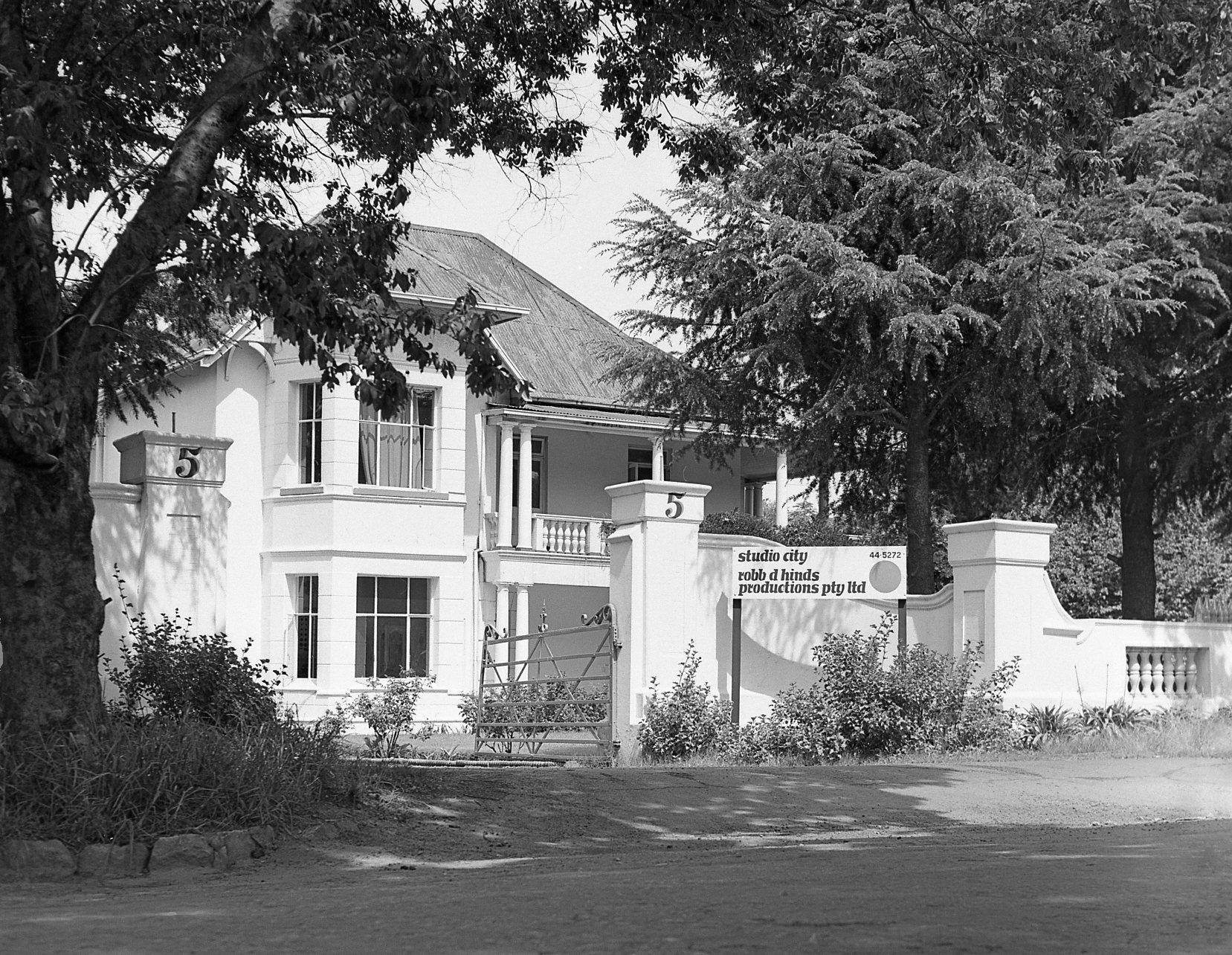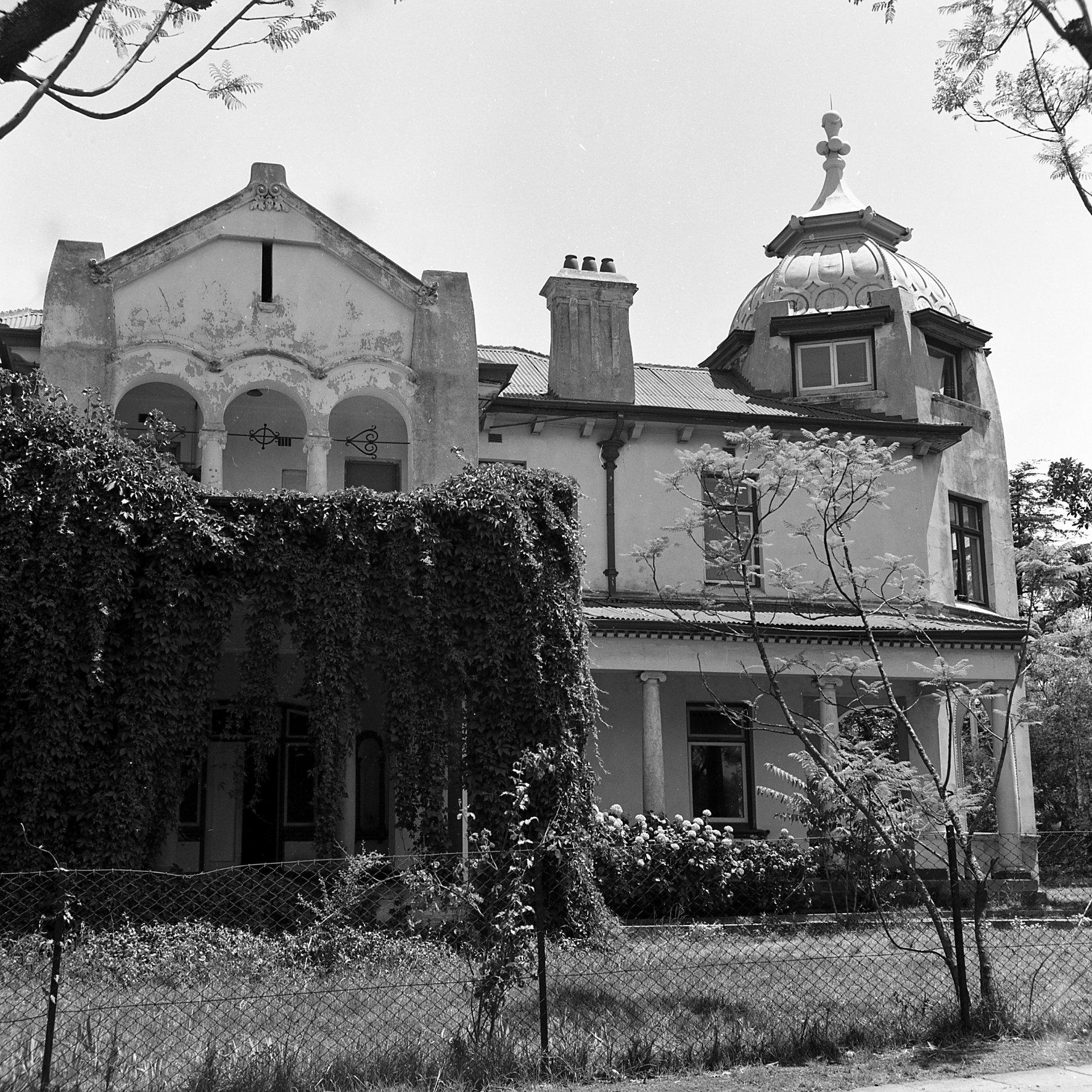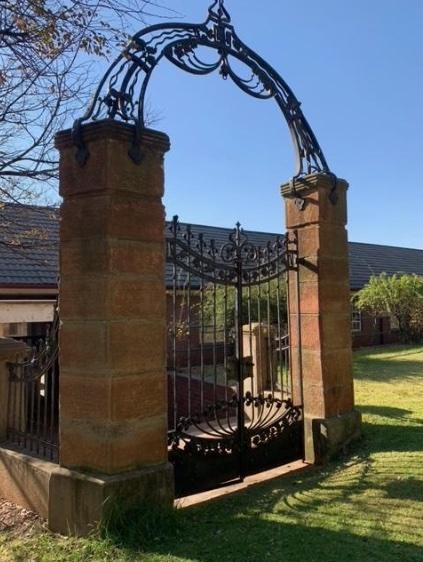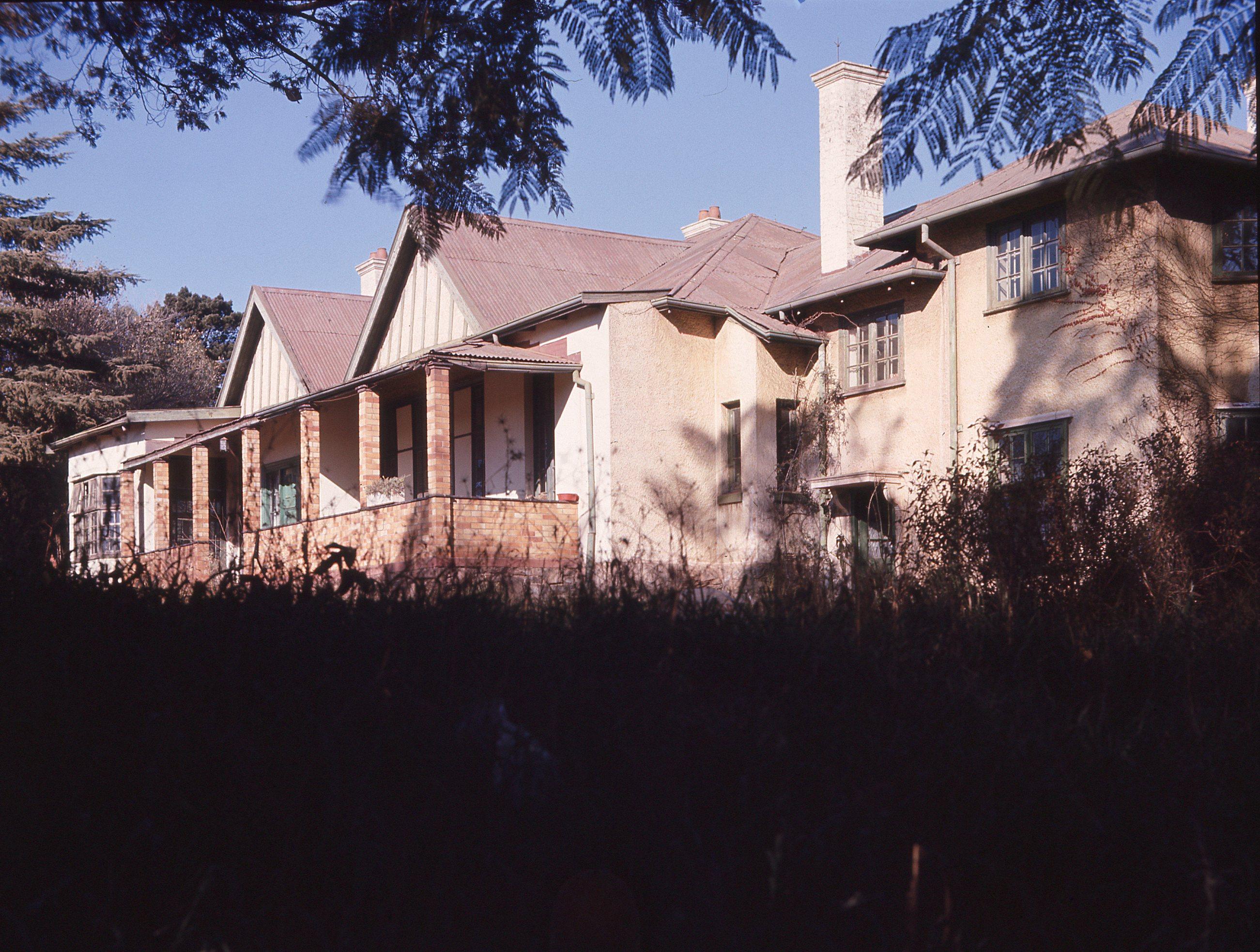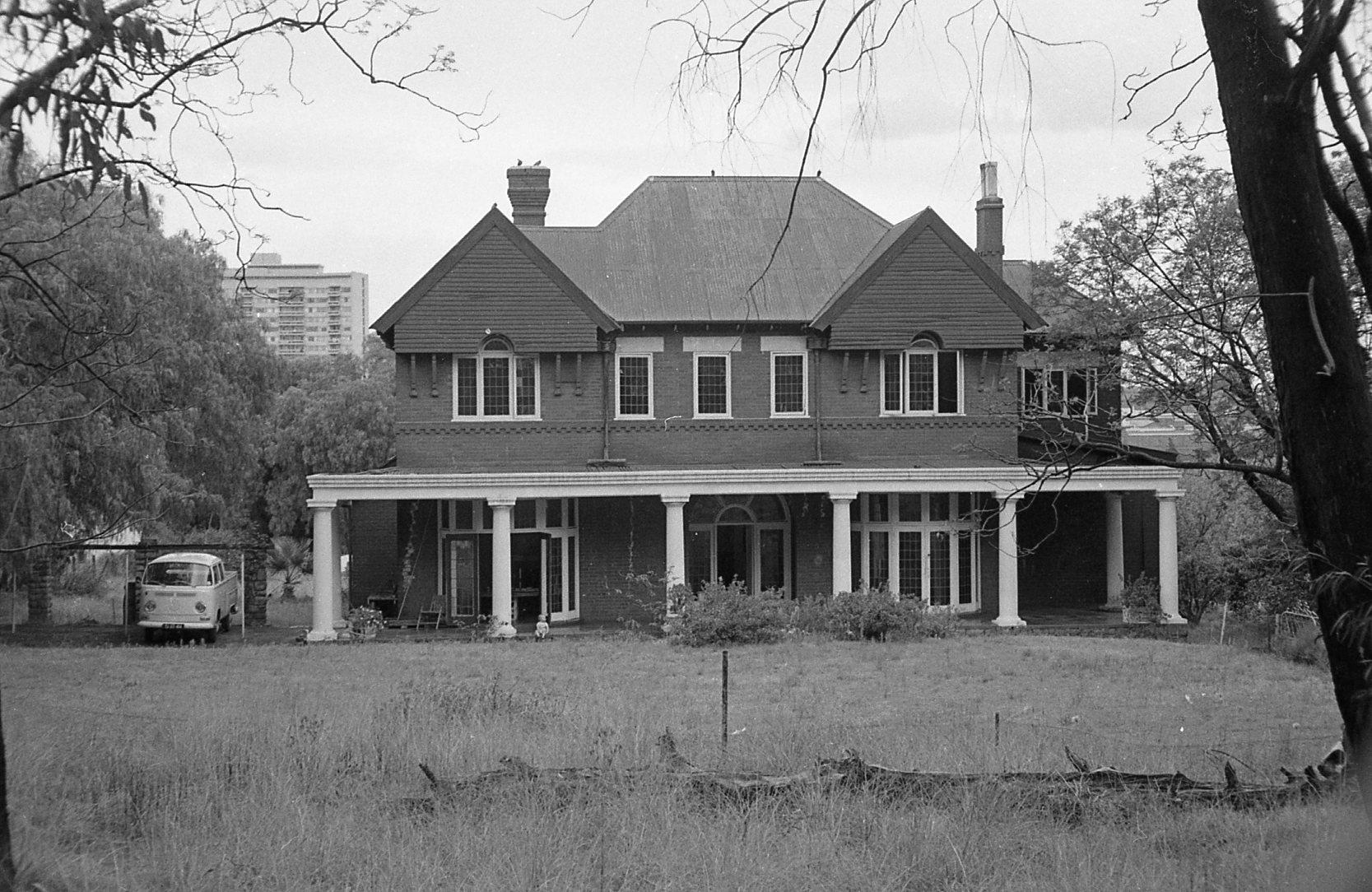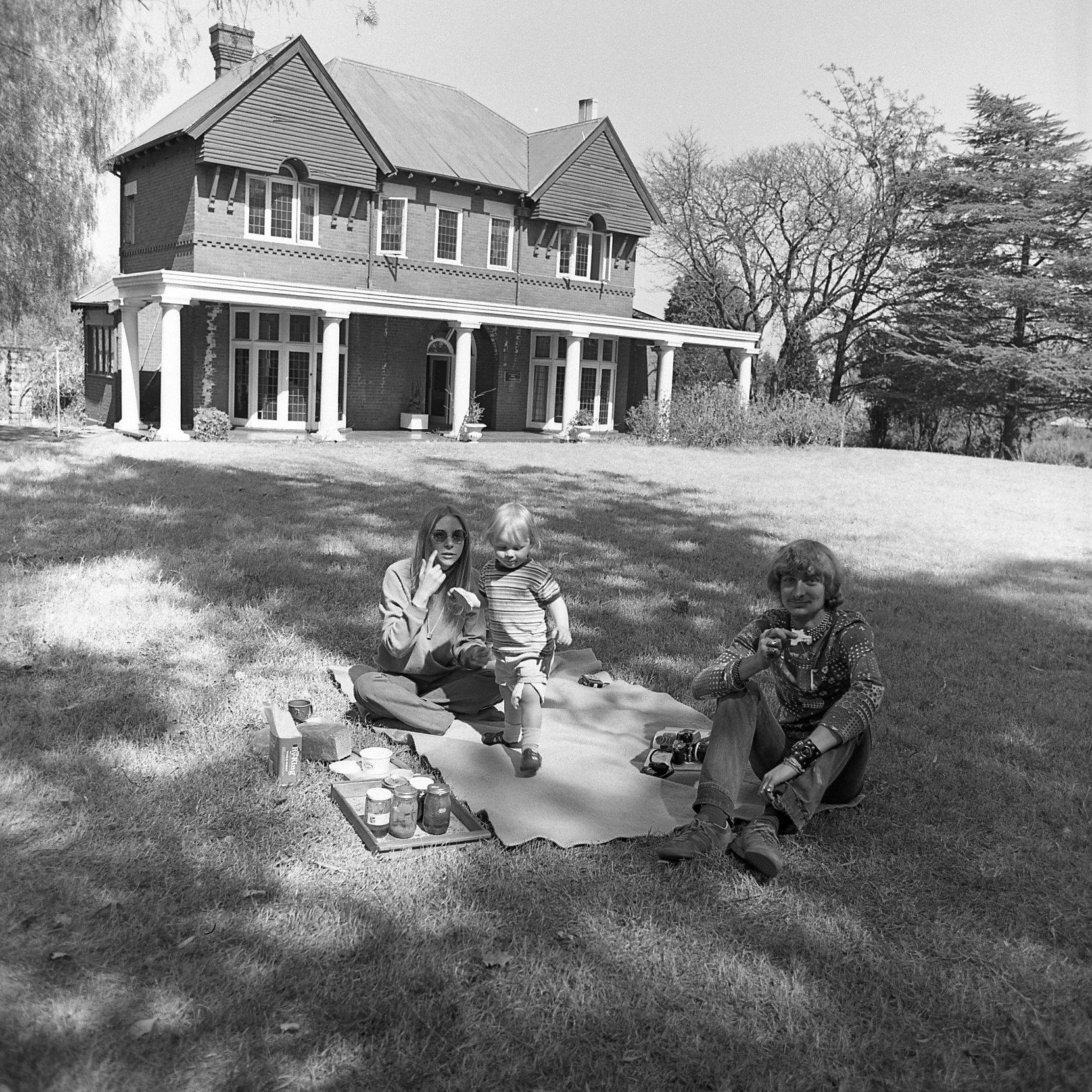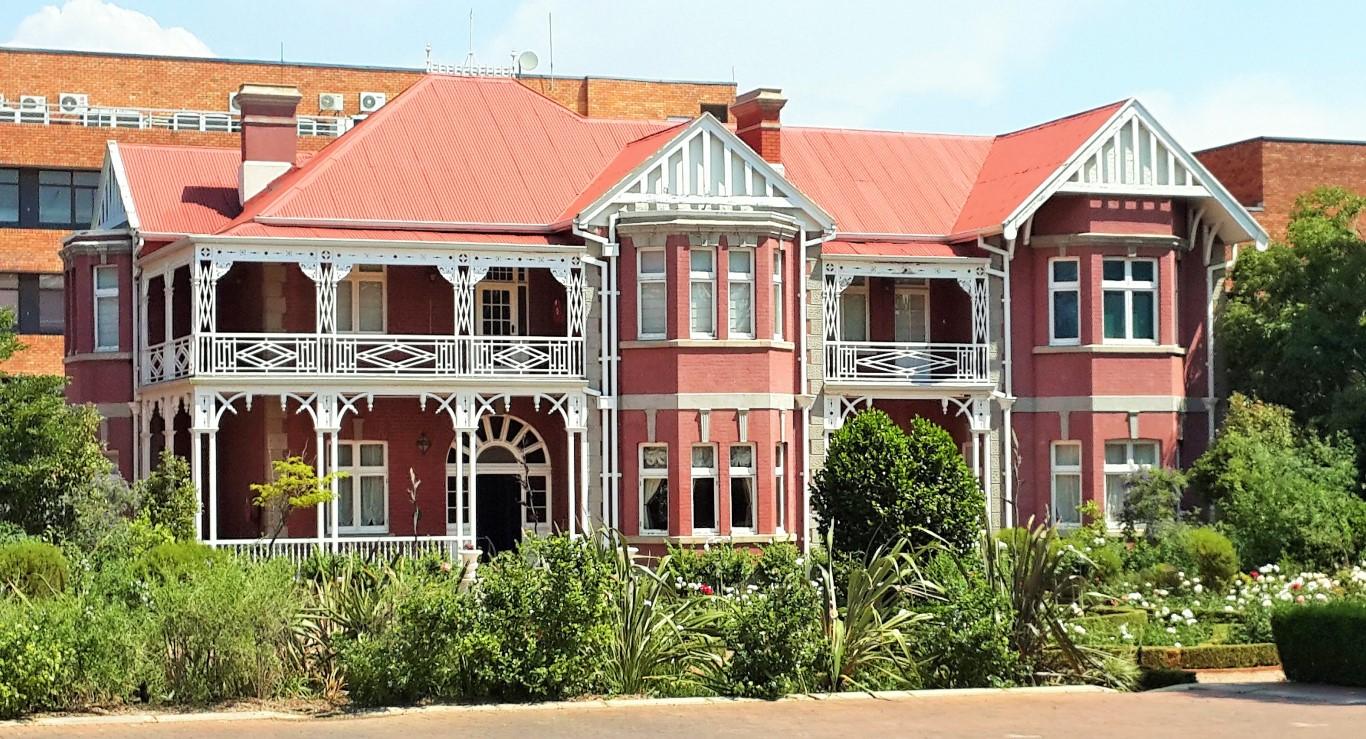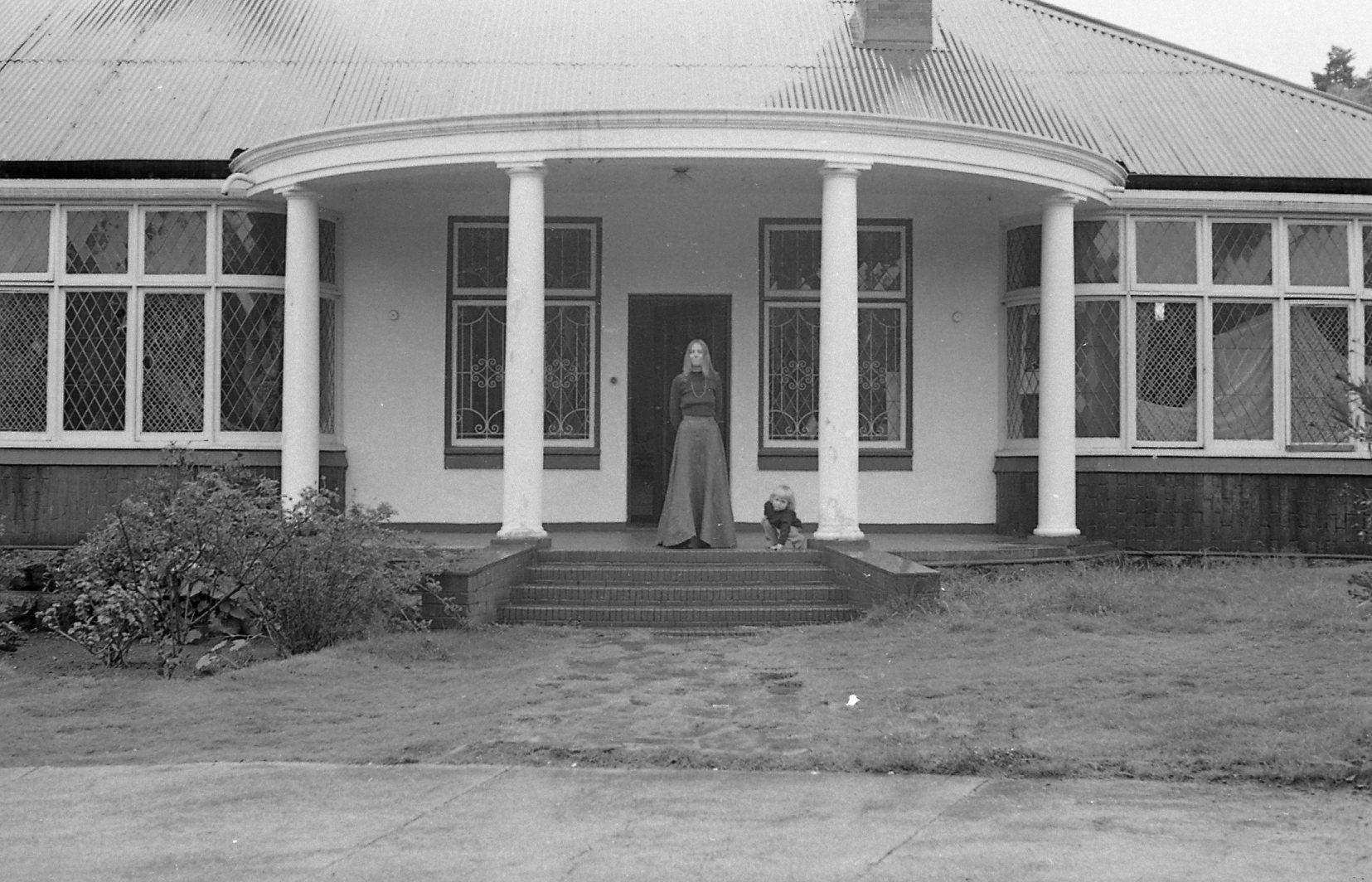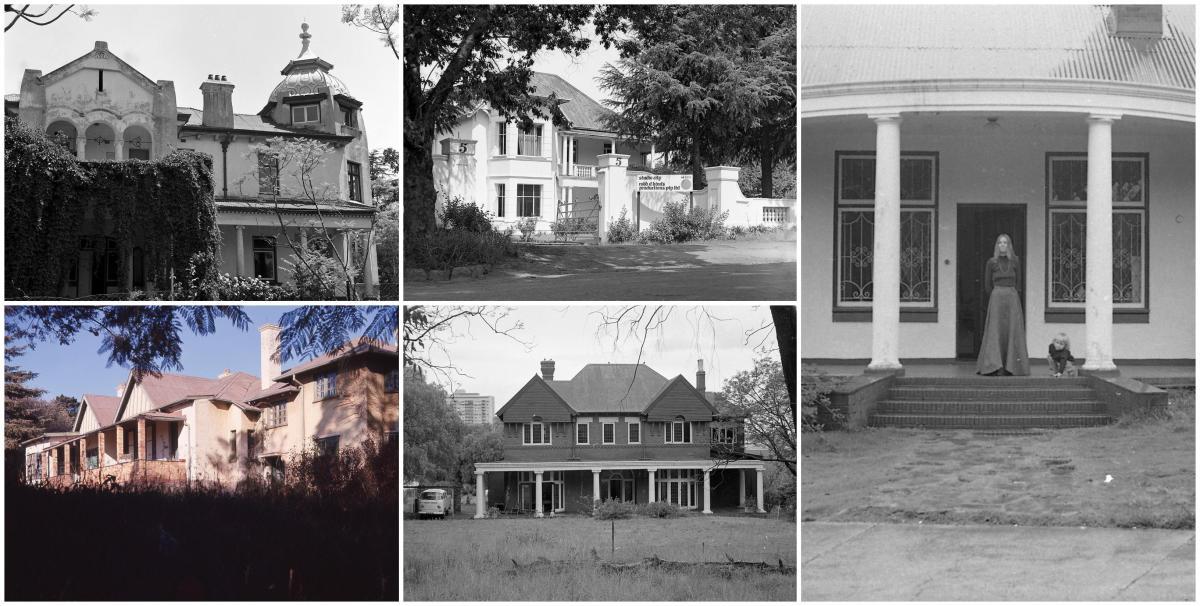
Disclaimer: Any views expressed by individuals and organisations are their own and do not in any way represent the views of The Heritage Portal. If you find any mistakes or historical inaccuracies, please contact the editor.
Having read recently some books about 'old Parktown, I am prompted to set down some further impressions and emotions about my five year tenure in that miracle of a suburb, in five different houses. At the time this was predicated by the need for a cheap home for myself, lover and infant son along with a changing circle of friends and a desire for a large house that allowed me to operate a photographic, art studio and darkroom. The fact that Parktown was within walking distance from the city centre and a stone’s throw from shops in Hillbrow made it an ideal choice for impoverished pedestrians and artists keen to borrow some faded grandeur.
My occupancy, initially, of part of a nameless and bland mansion at 5 St David's Place was brief. The house, impressively large, was fronted by a splendid wall and faced directly east, looking out over Parktown's famous oval, then in 1968 more a meadow than a cricket ground.
5 St David's Place
I then found rooms at 'Friedaura', a far larger and perhaps odder mansion situated on the corner of Victoria and St Andrews. It's chief glory was its gates, elaborate wrought and cast iron in flagrant Art Nouveau. These were hung on equally impressive stone gate posts topped with large stone balls, or they once were, the balls were lying in the long grass where they had fallen long ago. Such gates would seem to require a formidable wall to define the stand but there was none, merely a wire fence or what was left of it. The grounds spoke of further ruin and neglect, overgrown, wild and strangely wonderful.
The house itself defied categorising. It seemed to embrace many idioms in an uneasy union. It had gables, arched balconies, a tower room and cupola with several ornate chimneys but a rather ordinary corrugated iron roof. There was a massive portico straddling the driveway, at that time hugely overgrown by a creeper that blocked the light from the entrance hall. Entering the house felt a bit like entering a cave. But like all Parktown mansions worth its salt it boasted stained glass panels flanking the front door, and coloured glass in the fanlights of all ground floor doors and windows. There were Nouveau brass finger plates and light switches, sadly overpainted. Likewise most rooms had glorious pressed steel ceilings and fire places, some quite ornate, others simple. 'Friedaura' was no 'Dolobran' or 'Northwards' but in its prime it must have been grand on a lesser scale. Outside it boasted the usual tennis court, orchard, outbuildings and a stable or coach house.
Friedaura
Inside it was populated by the most varied and demented bunch of Bohemians imaginable. All were utterly harmless and charming in their different ways, a riffraff swept together by artistic aspirations and the lure of 'cheap digs'. The council owned the property and threatened to demolish it soon, so let it out at a 'peppercorn'. In the meantime, we all grew to love this old and shabby mansion that seemed the pivot around which all Parktown revolved. At that moment, anyway, as it was the 'coolest commune' in the suburb. But the wicked Johannesburg Council evicted us just before Christmas and promptly knocked down 'Friedaura.' Only those gates and gate posts were saved.
The surviving Friedaura Gates
My next abode was a small double story section of a rambling bungalow in Winifred Road, diagonally opposite where 'Friedaura' had stood. This was hardly a mansion but retained that indefinable Parktown 'feel'. It was a happy interlude with memorable picnic lunches with friends in the garden, cosy wood fires at night and tranquillity despite the ceaseless traffic along Victoria Avenue.
Bungalow in Winifred Road
After six months in Europe, I returned and found a home for my new family at, of all places, 5 St David's Place. There we lived a pleasant year, enjoying the large garden, equally wild and the air of peace that pervaded Parktown, as if in a bubble, although encircled by the hectic, rushing and soulless city that Johannesburg had become. On my frequent visits to the city I saw its true nature, a Kronos devouring its own flesh as older, historic buildings were bulldozed to dust and faceless cold towers rose. Huge chunks of old Parktown were also being erased but for the moment we could imagine we were safe in a forgotten backwater.
However, in 1972 I was obliged to seek an alternative and moved to 'Wynnstay' (a property that stretched from Ridge Road to Junction Avenue). This was a smaller but more pretentious mansion with two gables, large bay windows and a wide 'Tuscan colonnade' or veranda across the front. In this it was a bit of a fraud being a wide but comparatively shallow structure. Today Wynnstay still exists and is part of the Children’s Theatre complex.
Wynnstay
Many years later I briefly occupied rooms in Crosely House, a mansion atop a hill overlooking Henley-on-Thames. This house played the same visual trick, presenting a wide facade to approaching visitors but was actually quite small inside.
Nevertheless, 'Wynnstay' ticked all the boxes, giving me a largish studio, a small darkroom, an art studio as well as several bedrooms to accommodate the 'commune' or my extended family. It also had the obligatory tennis court and orchard with some small outbuildings and a garage. Its glory was, however, a private forest that crowned a rise in front of the house where my son delighted in exploring and hiding. The Tuscan colonnade proved to be a suntrap where we could sprawl in chairs, dine alfresco and entertain visitors. In short, we lived a relaxed and gracious life probably much like the original Parktown citizens. I'm sure the houses or mansions made that inevitable; one could hardly be indifferent by their lingering charm.
Picnic at Wynnstay
Wandering around a rapidly vanishing old Parktown I gazed wistfully at 'The View' (still exists) at 'Penn-y-Bryn' (if only! A belle epoch tour de force, now gone) and many others. Glorious 'Dolobran' stands defiantly to this day and other notable houses cluster in the 'Baker Village' more or less inaccessible to the public in Rockridge Road. I often was guilty of fantasizing the lost age, seeing victorians trotting around the oval with ladies in Edwardian splendour clutching parasols, liveried coachmen and grooms. There must have been glorious tennis parties, 'at homes' and balls. A life almost unimaginable today in a Parktown subsumed by office parks and institutional buildings, all grossly indifferent and ignorant of what they displace.
The View
My last Parktown home was in Wellington Road, directly opposite Parktown Boys School; a modest single-story house, its only boast was a magnificent front door. It too, had a dilapidated tennis court, large garden run to wild and a yard of outbuildings at the rear. It was comfortable but the roar of the nearby motorway warned us that it was ultimately doomed.
Wellington Road home
Yet all these houses lodged in my memory as having something unique, that Parktown magic that made each day living there a delight. Vaguely, I sensed that this was an undeserved privilege, that I was not a real 'Parktonian' since I rented rather than owned, yet the ghosts of that lost age spoke through the stones, the walls, the splendid 'Arts and Crafts' flourishes that were everywhere to be seen and touched. Of the five, only ‘Wynnstay’ still exists, looking very sad, shorn of its forest but it is 'Friedaura' for all its oddity, that most often looms in my dreams, still inhabited by those loonies, living in an eternal 'now'.
‘Progress’ is a blind force that blunders forward, trampling all else under, and we are blithely unaware of what we have lost until it is gone.
Comments will load below. If for any reason none appear click here for some troubleshooting tips. If you would like to post a comment and need instructions click here.

